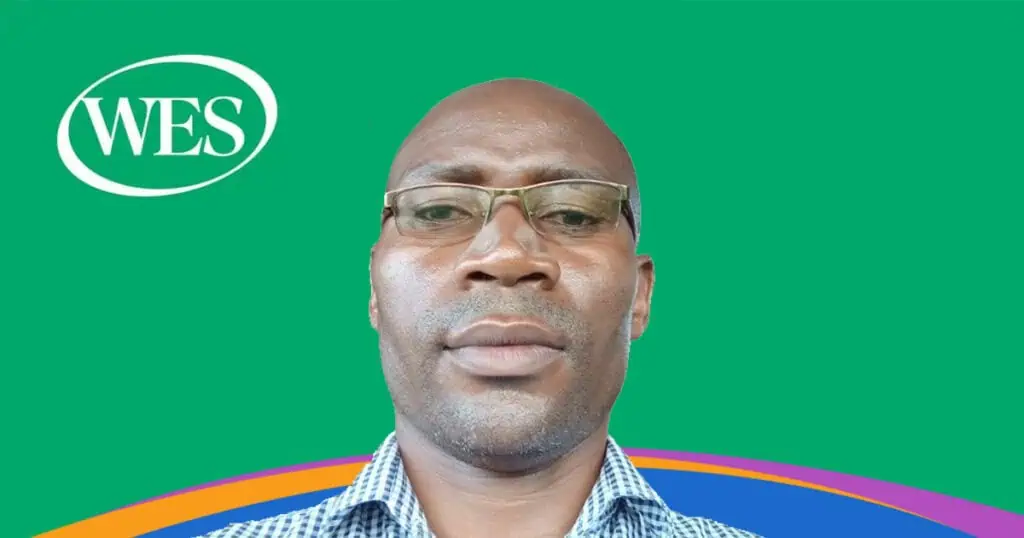Practicing Dentistry in Canada as an Internationally Trained Professional
In Canada, dentistry is a regulated profession that requires its professionals to obtain certification and licensure before they can become eligible for employment. The National Dental Examining Board of Canada (NDEB) oversees the general dentist certification process of both Canadian graduates and those trained outside of Canada.
See an overview of the licensure requirements as set out by the NDEB here.
In addition to obtaining the NDEB’s certification, all practicing dentists in Canada must also be licensed with the Dental Regulatory Authority (DRA), a regulatory or licensing body, in the province or territory where they want to work. Before they are issued a licence, candidates must meet the DRA’s additional requirements; some examples include proof of language score, obtaining practical working hours, and character references. The steps to obtain a licence to practise may seem overwhelming, but with adequate research and guidance, you will be well prepared.
In this blog post, an overseas-trained dentist who immigrated to Canada shares his experience going through the Canadian licensure process.
Dr. Sumit comes from a family of doctors, so it was no surprise when he, too, pursued the medical profession. Born and raised in Faridabad, India, he completed a Bachelor’s in Dentistry (BDS) and post-graduation in Conservative Dentistry and Endodontics (MDS). Like other Canadian newcomers, Dr. Sumit immigrated to Canada to seek more opportunities, a better lifestyle, and a more secure future for himself and his family.
Support Before Coming to Canada
Dr. Sumit owned his own clinic in India and practised dentistry there for many years. Once he was approved to come to Canada he had one professional goal in mind: to become a licensed dentist in his new home country. Dr. Sumit conducted preliminary research and soon discovered a pre-arrival service that would support his professional goal. Canadian Immigrant Integration Program (CIIP) is a free service that helps eligible newcomers prepare for employment and life in Canada before they arrive.

Participating in the pre-arrival service helped Dr. Sumit understand the process of becoming a practicing dentist in Canada and provided realistic expectations of the timeline and process. He pursued certification through the NDEB’s non-accredited program, which offers two pathway options: pass a series of examinations, or complete a qualifying or degree program at one of seven accredited Canadian universities.
“Either way, both needed loads of preparation and patience,” Dr. Sumit says.
Licensure Tips and Advice
With family obligations that included caring for a newborn at home, Dr. Sumit chose the series of examinations rather than go back to school. “Preparing for the theory exam [Assessment of Fundamental Knowledge] after graduating almost eight years ago,” Dr. Sumit concedes, “was not easy.”
The NDEB provides an online self-assessment tool to help general dentists gauge their ability to successfully complete the theory exam. Dr. Sumit passed this step but ran into challenges with the practical component (Assessment of Clinical Skills). “I think I was a bit overconfident about the [clinical] exam and did not practise as much the first time, because we [dentists] all know the procedures well, but to do the exercises to perfection in the given time frame is the key task.”
Through the advice of friends who had successfully completed the licensure process, Dr. Sumit attended the Ontario Simulation Training Centre for Dental Training. This fee-based centre helps dentists who were trained abroad prepare for the clinical examination. “It took me a year to prepare for the exam again. Getting the licence was challenging … especially the long nights required to study and early mornings to take care of my newborn; life was even more challenging.” After two years of hard work and study, Dr. Sumit obtained his dental licence in Ontario.
After securing a licence, those in regulated professions must apply for a job just like everyone else. They need to submit a Canadian résumé to prospective employers, make good impressions, network, ace job interviews—all of which are important to finding employment. Dr. Sumit made use of online job boards and connected with Oral Health Group’s classifieds to land his first role as a general dentist. He has been practicing in Canada since 2015, and currently works in multiple clinics around the Greater Toronto Area.
From One Dentist to Another
Dr. Sumit notes that “dentistry is expensive and so are the exams, be it the exam fees or the preparation. Arranging funds for that and [surviving at the same time] was a big task.” For skilled immigrants who need financial support to pursue their career goals there are programs across Canada, like Windmill Microlending, to assist.
Dr. Sumit’s final advice to other dentists trained outside of Canada who want to practise here: “Hard work, determination, patience, and perseverance are the only keys to success.”
Related Reading





